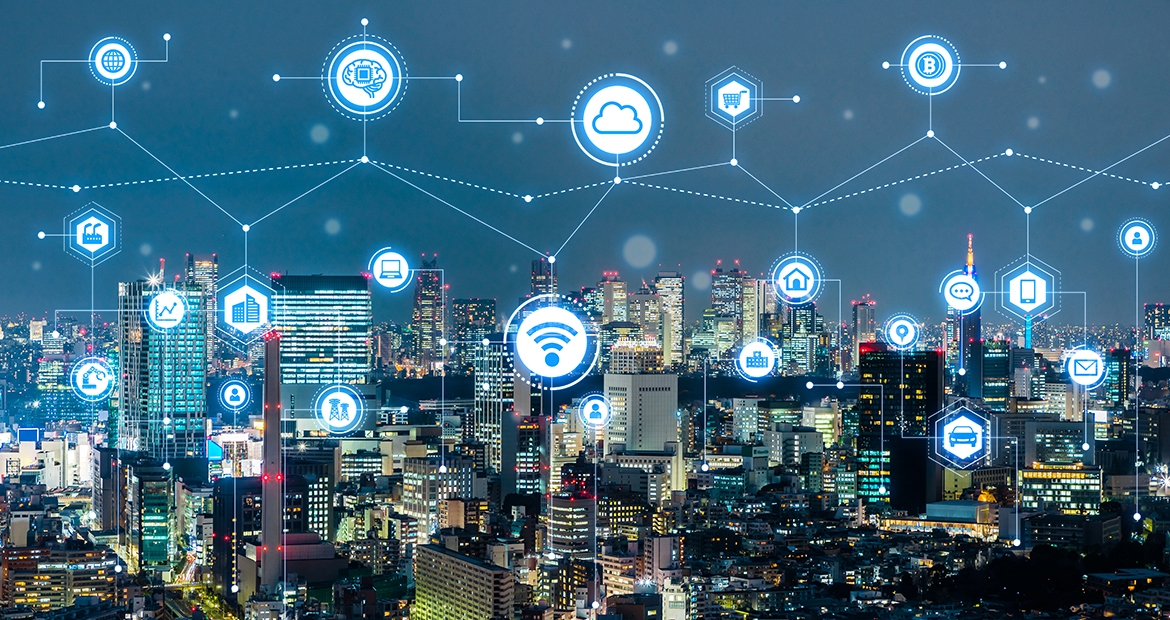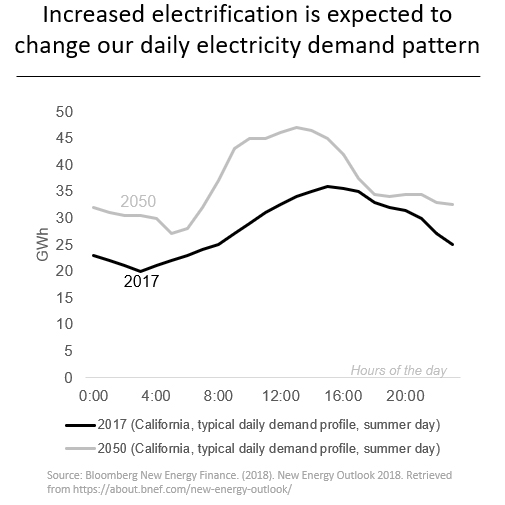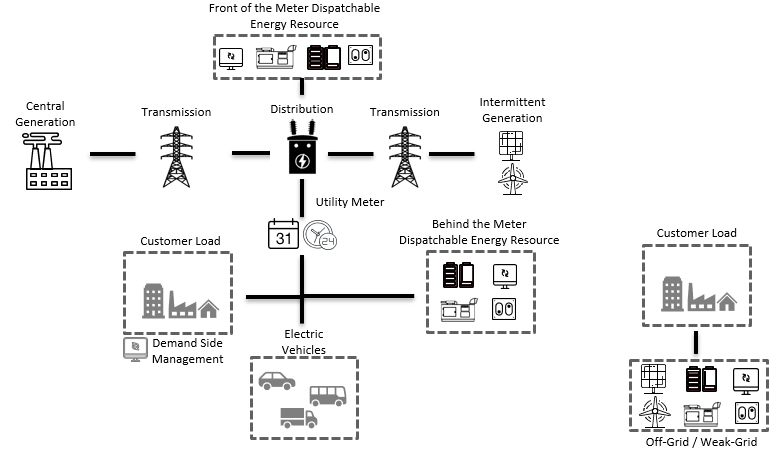Energy IQ: Digitization to Electrification: Five Macro Trends Transforming Electricity Markets
Trends ranging from digitization to electrification are driving an increase in the adoption of distributed generation over traditional centralized generation
By Aytek Yuksel, Content Marketing Leader - Power Systems

We’re currently living in an era of choice when it comes to distributed generation. Or so says Satish Jayaram, General Manager of Distributed Generation Business at Cummins.
“It has transformed how we access healthcare, revolutionized the telecom industry and reshaped how we think of transportation,” Jayaram said. “It’s also transforming the century-old electricity markets and offering customers the power of choice.”
Today’s electricity markets look very different compared to the markets of just a few decades ago. To better understand this shift, we have compiled five main macro trends that are driving this transformation and how their outcomes create an environment favoring distributed generation.
De-regulation
Over the last two decades, electricity markets have increasingly been de-regulated end to end: from generation to distribution, and directly to the end user. Today’s customers that live in fully de-regulated electricity markets enjoy the freedom of choosing their electricity supplier. Beyond offering customers the choice, de-regulation has also re-shaped the industry that once was dominated by vertically integrated utilities covering generation, transmission and retail. In de-regulated markets, many companies generate and sell electricity to a wholesale market, and retailers purchase electricity from the wholesale market to sell it to their customers. In summary, de-regulation results in a market where de-centralized grid co-exists with the centralized grid.
De-carbonization
Historically, fossil fuels, nuclear and hydro were the primary components of society’s energy supply mix. In recent years, increased focus on de-carbonization has resulted in wind and solar accounting for more than half of new power generation capacity additions. Moreover, it is expected that more than 50% of power generation will be renewable (including hydro) by the year 20351. This increasing focus on de-carbonization results in changes to energy supply mix.
 Electrification
Electrification
We use more electric vehicles (EVs) on our roads. We use more space cooling and appliances in our buildings. We use more hybrid boats on our seas. In summary, we are using more electricity and expected to increase electricity’s share in our total final energy consumption. This increased use of electrification results in changes to electricity demand patterns.
Digitization
Electric power infrastructure is getting digitalized end-to-end. For instance, consumers experience this digitization in the form of smart meters. On the supply side, utilities take advantage of digitization through energy management systems utilizing economic or market-based constructs in managing the generation, consumption or flow of electric power. This increased digitization of electric power infrastructure results in monetization opportunities for customers.
Technology
Recent technological advancements have reduced costs on generation and storage solutions. Both solar and wind generation are now near or at subsidy free levels. For storage, levelized-cost-of-storage for lithium-ion has decreased 80% in 10 years, making it economically viable for more applications and users. These cost reductions driven by advancing technologies result in increased customer adoption of Distributed Energy Resources (DERs).

In summary, the outcomes of these five macro trends favor adoption of distributed generation over centralized generation. Customers, through Distributed Generation solutions, could more easily adopt DERs while also taking advantage of monetization opportunities. Market participants, through DG solutions, can integrate renewables to electricity infrastructure while managing changes in electricity demand patterns.
Reference(s):
- Global Energy Perspective 2019: Reference Case [PDF document]. (2019, January). Retrieved from https://www.mckinsey.com/
Author Profiles

Aytek Yuksel, Content Marketing Leader - Power Systems
Aytek is a marketing leader at Cummins, focusing on technology and thought leadership. Since joining in 2008, he has held various marketing roles and now shares insights on markets, technologies, and energy transition. Aytek lives in Minneapolis with his wife and two kids.
Related Tags